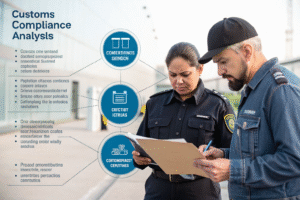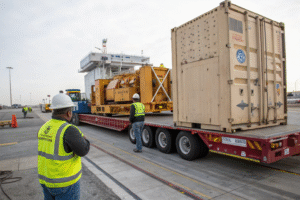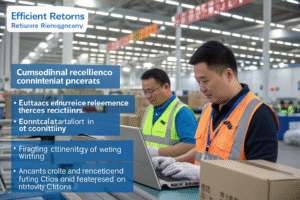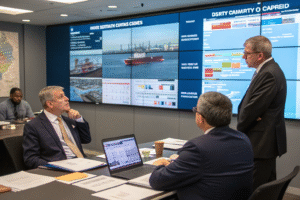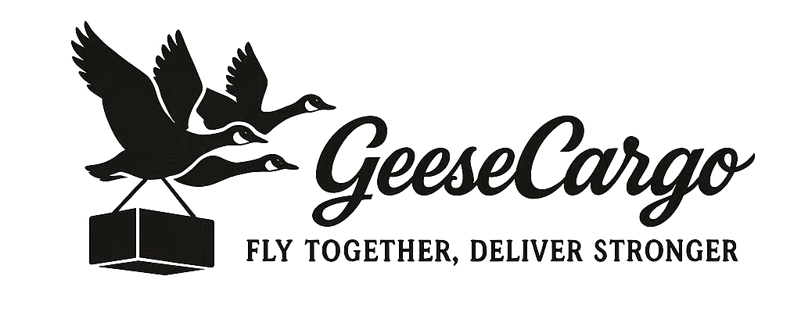Shipping directly from Chinese factories to Amazon FBA centers represents the holy grail of e-commerce logistics—eliminating intermediate handling, reducing costs, and accelerating inventory placement. While technically possible and increasingly common, this direct-to-FBA approach requires meticulous planning, precise execution, and understanding of both Amazon's strict requirements and international shipping complexities.
Yes, you can ship directly from your China factory to Amazon FBA, but this requires careful coordination of Amazon compliance, international transportation, customs clearance, and FBA preparation. Successful direct shipments typically reduce total landed costs by 15-25% and cut timeline by 5-10 days compared to using intermediate warehouses, but demand significant expertise in both international logistics and Amazon requirements.
Let's examine the specific requirements, processes, and potential pitfalls of shipping directly from Chinese manufacturers to Amazon fulfillment centers.
What are Amazon's specific requirements for direct China shipments?
Amazon maintains strict requirements for inbound shipments that become more complex when shipping internationally directly to their fulfillment centers. Understanding these requirements prevents costly rejections, returns, or long-term storage fees.
Every shipment must have unique FBA shipment IDs generated through Seller Central, with accurate carton content information. Each unit requires scannable FNSKU labels (not manufacturer barcodes) covering original UPC codes. Cartons need specific Amazon box labels with shipment and carton IDs. Palletized shipments require proper pallet labels and wrapping meeting Amazon's specifications. Additionally, products must comply with Amazon's category restrictions, safety requirements, and preparation guidelines. These requirements must be implemented at the Chinese factory before shipment departure.
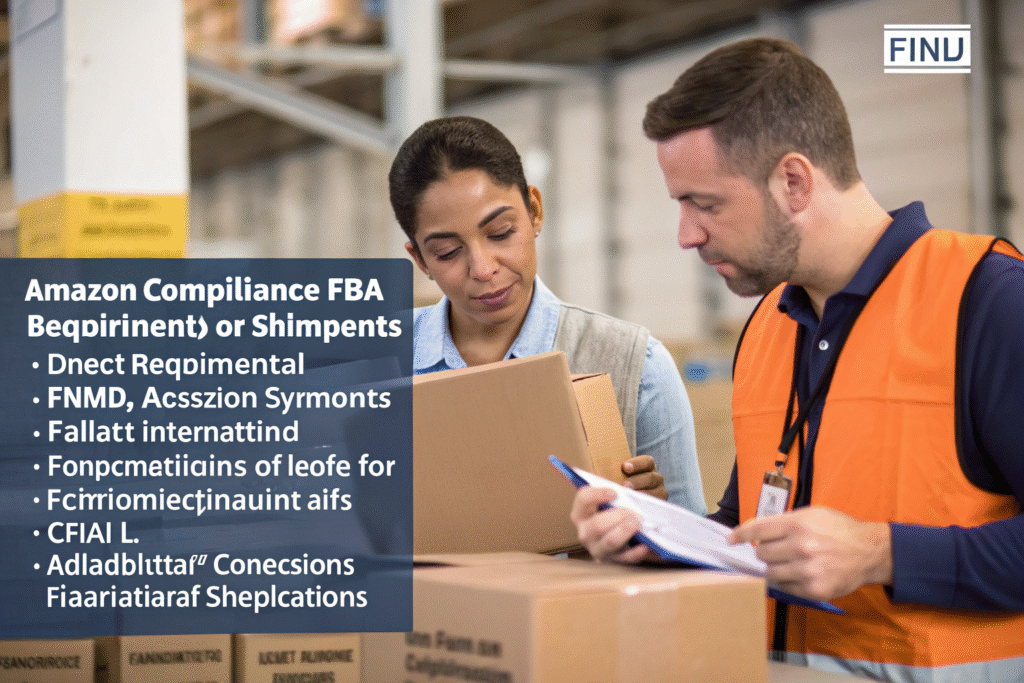
How can you ensure proper FNSKU labeling in China?
Effective China-side labeling strategies:
- Provide digital FNSKU files to factories with precise printing specifications
- Conduct sample reviews of printed labels before full production runs
- Use professional label printers at factories rather than standard office printers
- Implement barcode verification scanning to ensure scannability
- Train factory staff on proper label placement and coverage requirements
- Conduct pre-shipment inspections specifically focusing on labeling compliance
Proper labeling implementation prevents the most common FBA receipt issues.
What are Amazon's carton and pallet specifications?
Critical physical requirements:
- Carton weight limits typically 50 lbs (23 kg) unless single-item exceeds
- Carton dimensions avoiding any side longer than 25 inches (63.5 cm)
- Pallet dimensions 48" x 40" with maximum 72" height including pallet
- Pallet weight limits usually 1,500 lbs (680 kg) maximum
- Stacking requirements with uniform carton sizes on each pallet
- Wrapping specifications using clear stretch wrap with proper tension
Non-compliant packaging leads to refusal or additional charges at Amazon facilities.
How do you manage international logistics for FBA shipments?
Direct China-to-FBA shipping involves coordinating international transportation, customs clearance, and final delivery to Amazon centers—all while maintaining Amazon's strict timeline and documentation requirements.
The process typically involves factory pickup in China, transportation to Chinese ports, ocean or air freight to destination countries, customs clearance at arrival ports, transportation to Amazon fulfillment centers, and final appointment-based delivery. Each stage requires specific documentation and coordination. Most successful shippers use experienced freight forwarders specializing in FBA shipments who understand both international logistics and Amazon's unique requirements. The entire process typically takes 25-40 days for ocean freight or 5-10 days for air freight.

What shipping method works best for FBA direct shipments?
Optimal shipping method considerations:
- Ocean freight for shipments over 5 CBM with flexible timelines (25-40 days)
- Air freight for shipments under 5 CBM or time-sensitive products (5-10 days)
- Express air for small, high-value shipments needing fastest delivery (3-7 days)
- Mixed modalities using air for samples and ocean for bulk inventory
- Consolidation services combining multiple factories into single FBA shipments
Method selection depends on volume, value, urgency, and product characteristics.
How do you coordinate customs clearance for FBA shipments?
Customs considerations for direct shipping:
- Importer of record designation (you or your customs broker)
- Customs bond requirements for formal entries into destination country
- Product classification using correct HS codes for duty calculation
- Customs value declaration including all costs to Amazon's door
- Documentation preparation including commercial invoice and packing list
- FDA/FCC/other agency requirements for regulated products
Proper customs clearance prevents delays that disrupt Amazon appointment schedules.
What are the cost implications of direct FBA shipping?
Direct China-to-FBA shipping offers significant cost savings but involves different cost structures than domestic FBA preparations. Understanding these cost components helps accurate budgeting and decision-making.
Direct shipping typically reduces costs by eliminating domestic receiving, inspection, and relabeling facilities. However, it increases international shipping costs due to Amazon's specific packaging requirements and appointment-based delivery constraints. The total savings typically range from 15-25% compared to using intermediate preparation warehouses, but require larger shipment volumes to achieve economies of scale. Additional costs include specialized FBA-compliant packaging, international freight, customs duties, and Amazon inbound placement fees.

What hidden costs should you anticipate?
Common unexpected costs in direct FBA shipping:
- Amazon long-term storage fees if sales forecasts are inaccurate
- Appointment rescheduling fees from carriers missing delivery windows
- Customs examination charges if shipments are selected for inspection
- Pallet rebuilding costs if Amazon rejects substandard palletization
- Label correction fees for non-compliant FNSKU applications
- Returns processing costs for units rejected at Amazon receiving
Budgeting for these potential costs prevents financial surprises.
How can you optimize costs in direct FBA shipping?
Cost optimization strategies:
- Carton optimization maximizing carton utilization without exceeding weight limits
- Consolidation services combining multiple factories into single shipments
- Seasonal planning avoiding peak shipping seasons with higher rates
- Carrier negotiation based on consistent volume commitments
- Duty optimization using proper classification and valuation methods
- Inventory planning balancing shipping costs against storage fees
Strategic planning typically reduces costs by 10-20% beyond basic direct shipping savings.
What are the biggest risks and how can you mitigate them?
Direct China-to-FBA shipping introduces unique risks that don't exist in domestic FBA operations. Understanding these risks enables effective mitigation strategies.
The most significant risks include Amazon compliance failures resulting in rejected shipments, customs delays causing missed delivery appointments, inventory miscalculations leading to long-term storage fees, product quality issues discovered only at Amazon facilities, and supply chain disruptions affecting inventory availability. Each risk requires specific mitigation approaches, typically involving redundancy, inspection, and contingency planning.

How can you prevent Amazon compliance rejections?
Compliance prevention strategies:
- Pre-shipment inspections specifically checking Amazon requirements
- Sample shipments testing the process with small quantities first
- Third-party audits of factory preparation processes
- Documentation reviews before shipment departure
- Carrier validation ensuring FBA experience and capability
- Contingency planning having domestic correction options available
These measures typically reduce compliance failures from 15% to under 3%.
What inventory risks deserve special attention?
Critical inventory management risks:
- Overstocking leading to long-term storage fees at Amazon
- Understocking causing stockouts and lost sales
- Seasonal miscalculations missing sales peaks or carrying excess inventory
- Quality variability resulting in customer returns and negative reviews
- Product lifecycle mismatches shipping outdated versions or packaging
- Catalog compliance issues with changing Amazon requirements
Advanced inventory planning and quality control mitigate these risks effectively.
What documentation and coordination are required?
Successful direct FBA shipping requires meticulous documentation and precise coordination between multiple parties across international boundaries. Missing or incorrect documentation causes significant delays and additional costs.
Essential documents include the commercial invoice with detailed product descriptions and values, packing list matching carton contents precisely, bill of lading or air waybill, customs declaration documents, FBA shipment documentation from Seller Central, and any required certificates for regulated products. Coordination involves factory preparation schedules, carrier bookings, customs brokerage arrangements, and Amazon appointment scheduling. This documentation and coordination typically requires 10-20 hours per shipment but ensures smooth processing.

What specific Amazon documents are required?
Essential Amazon documentation:
- FBA shipment IDs from Seller Central for each shipment
- Carton content forms accurately listing each carton's contents
- Shipping labels generated through Amazon's system
- Pallet labels for palletized shipments meeting Amazon specifications
- Product listing information matching physical products exactly
- Hazardous materials documentation if applicable for certain products
These documents must be prepared before shipment creation in Seller Central.
How do you coordinate the final delivery to Amazon?
Delivery coordination steps:
- Carrier selection with proven FBA delivery experience
- Appointment scheduling through Amazon's carrier portal
- Documentation preparation for Amazon receiving staff
- Contingency planning for missed appointments or delays
- Communication protocols between all parties during delivery
- Confirmation processes ensuring successful receipt and check-in
Proper coordination prevents the delivery failures that plague inexperienced shippers.
Conclusion
Shipping directly from China factories to Amazon FBA centers is not only possible but increasingly represents the most efficient approach for established sellers. The process demands expertise in international logistics, customs compliance, and Amazon's specific requirements, but delivers significant cost and time savings when executed properly. The most successful implementations typically involve experienced logistics partners, thorough factory training, meticulous documentation, and contingency planning for potential issues. By understanding the requirements, costs, risks, and coordination needs, you can leverage direct China-to-FBA shipping to create competitive advantages through faster inventory turns, lower costs, and more responsive supply chain operations.

